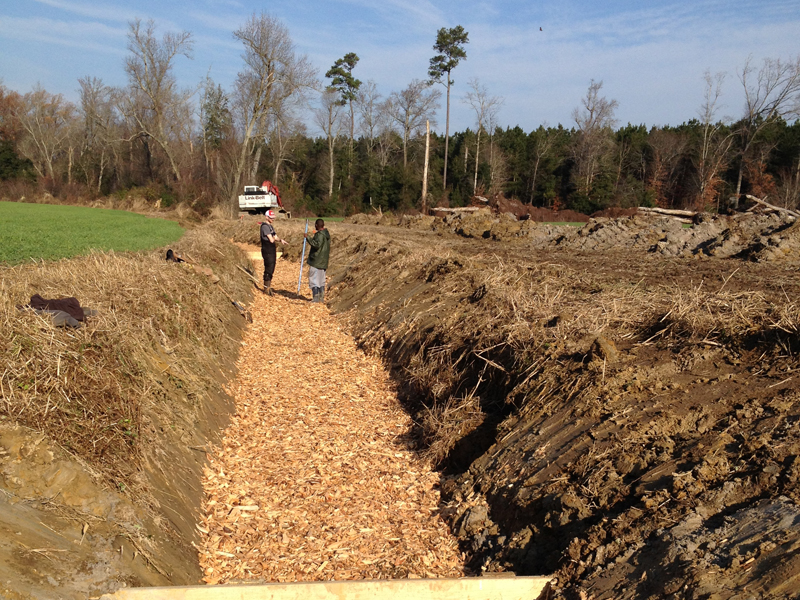Environment

A heat wave sweeps through a city and people swelter, running indoors to find air conditioning. But crops out in a field aren’t so lucky. For them, there is no escape.


This summer, during the middle of a heat wave, you might want to enjoy a swim at your local beach. But summer is also the time of algal blooms and E.coli alerts—and that can put a damper on your plans to cool off.


A ditch containing woodchips may look unassuming—but with a name like bioreactor it’s guaranteed to be up to more than you think.


A tiny snail could be a big help to researchers measuring water quality along the U.S. and Canadian Atlantic coast.


How do you host tens of millions of migratory waterfowl every year? The Rainwater Basin of southeast Nebraska provides a vital resting stop and feeding station. There, the native wetland plants produce enough seed to replenish the birds—some of them threatened or endangered species—for their long journey.

What’s a responsible farmer to do? Manure injection is an important soil management practice that reduces the chance of manure runoff. But recent studies by Carol Adair and colleagues at the University of Vermont show manure injection can increase the release of harmful greenhouse gases.

We often “flush it and forget it” when it comes to waste from toilets and sinks. However, it’s important to be able to track this wastewater to ensure it doesn’t end up in unwanted places. A group of Canadian scientists has found an unlikely solution.

On August 21, 2017, about 215 million American adults watched one of nature’s most dramatic events: a total solar eclipse. However, most of the country could only see a partial eclipse. The path of the total eclipse was a strip just 70 miles wide, arcing across the country from Oregon to South Carolina.

Ecologist Lindsey Rustad sculpts ice forests. She’s not a sculptor by trade, but in her latest ecology experiment, her team sprayed water over a portion of forest during the coldest part of the night. Within hours, the water froze to the branches, simulating an ice storm.

